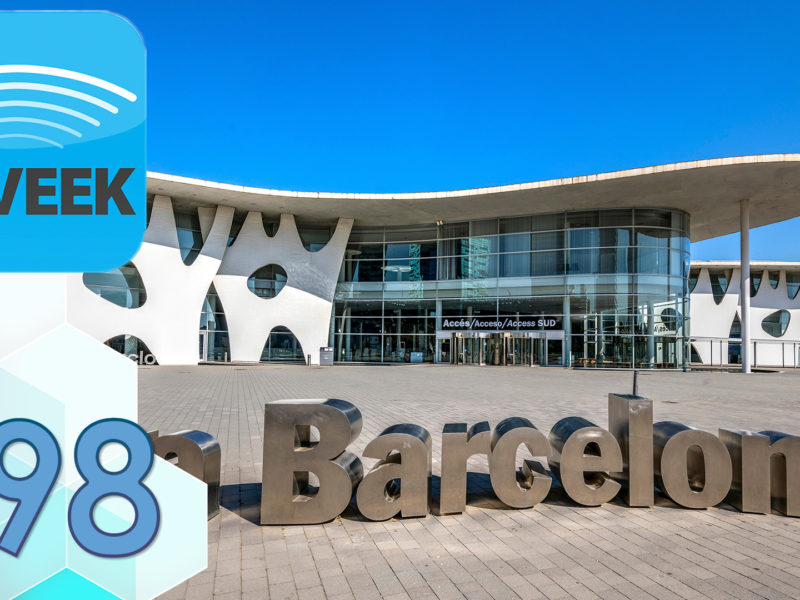Design Considerations for Intelligent Buildings
The concept of an intelligent building involves an approach that is not unfamiliar to the AV integration industry. AV designers, integrators, consultants, and programmers have been in the business of making disparate equipment talk together and act as one cohesive unit for some time.
Similar to other integration projects, before attempting to provide a solution for an intelligent building, it is critical to define the need and determine the value that will be provided to the user, technology manager, and owner. Is the intent to be provide a more seamless user experience? Is energy management an initiative? Is cost savings a driving force? Is eliminating redundancy and providing efficiency of operation key?
An intelligent building is only successful when the client truly identifies the benefit, is an advocate for the solution, and is fully involved in seeing the project through to completion.
One of the key elements in uniting the disparate systems involved delivering an intelligent building is the communication between all the parties involved in implementing the various building management subsystems. Whether it is HVAC, lighting, shading, card access readers, security cameras, public signage, life safety, or room reservation software, each system has its own sensors, controls, programming, and application. In addition, each is typically set up to operate in an isolated manner without awareness of adjacent systems, with which they could communicate. The ability for systems to interact starts with the understanding that there is a need to exchange information, defining what information is important to share, and specifying how the communication will take place. Some systems or devices can communicate directly through a common protocol, whereas others may require special software called “middleware” that acts as a translator. This is where it is critical to have a client advocate or a building control consultant involved to ensure that each of the subsystems is set up or programmed to communicate with the others either directly, with the use of middle-ware, or through a third-party control system.
Once the need for communication is established, the next step is to define the “control points” and feedback required from each system. Like other programmable devices, subsystems of a building are custom configured using programming tools supported by each specific manufacturer. Although systems may have APIs or be compatible with a standard building control protocol like BACnet, there is still a need to understand the specific data points or “programming hooks” that are set up for external control. These requirements should be spelled out upfront and clearly communicated prior to the setup of each subsystem and should be derived from the goals of the user, technology manager, and owner. Like any AV integration project, without a mechanism to define the solution and establish expectations upfront, the likelihood of a successful implementation and satisfied client will be slim.
Another consideration when connecting subsystems that typically operate independently is the need to ensure they work cooperatively, avoiding malfunction, inefficiency, and downtime. A management plan and control solution that define priorities and provide conflict resolution should be set up to ensure subsystems are working in harmony and not overriding each other. One way of doing this would be with a centralized control processor that is programmed to establish the rules that dictate the operation of the subsystems.
AV’S ROLE IN INTELLIGENT BUILDING DESIGN

AV control systems are well suited to serve as the management piece that provides the operating guidelines for intelligent buildings.
AV control systems are well suited to serve as the management piece that provides the operating guidelines for intelligent buildings. The AV control system has the advantage of being in close touch to the user. AV control systems not only capture user intent through direct interaction, they also monitor the usage of rooms, are aware of the application being used in the room, and can provide insightful information on the users’ needs at a given time. For example, if the AV system is being used for a presentation, it is likely that the HVAC should be set to a preset room temperature, lighting should be dim, shades should be down, and the room should be reserved for use in the scheduling system. Alternately, when AV systems are not in use, the HVAC should go to an unoccupied preset, lighting should be off, shades should be adjusted based on time of year (down during the summer and up during the winter), and the room should be available for booking or possibly secured if it is after hours.
The last consideration for an intelligent building should be a comprehensive dashboard to monitor the status of all systems and manage their interactivity from location. A single piece of software that can provide operator controls for manual override, adjustment of settings, and modification of thresholds as well as collection, processing, and display of data is a critical component of a successful implementation. This software should not be limited to any one type of system or application. It should unify the building controls, AV controls, and other devices on the network that contribute to the intelligent building solution.
Although building management systems have existed for a long time without interaction with AV systems, and AV systems can operate without the benefit of building management systems, it is their interaction that contributes to intelligent buildings that achieve goals, enhance value, and provide a superior user experience.
- Posted In:
- News





